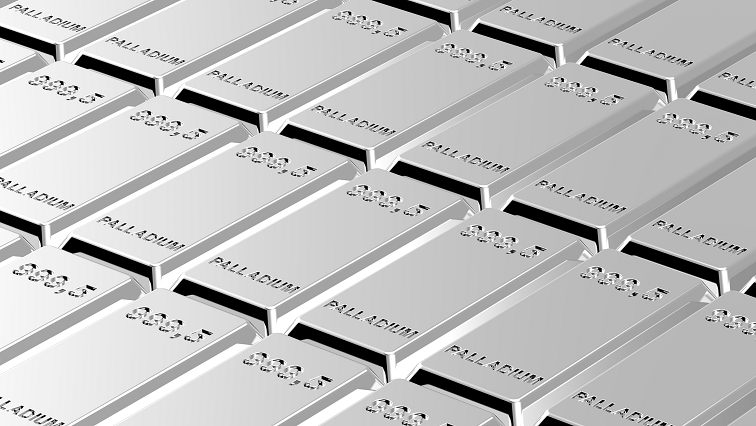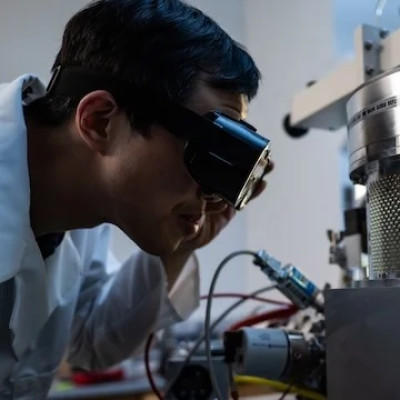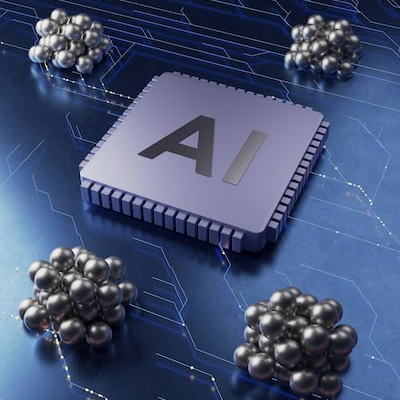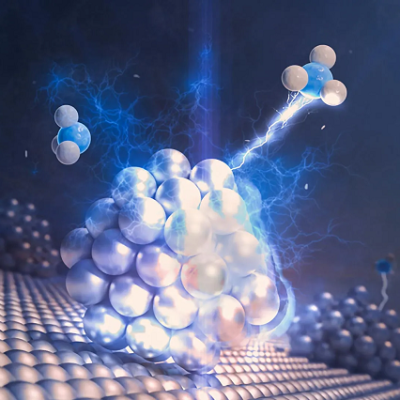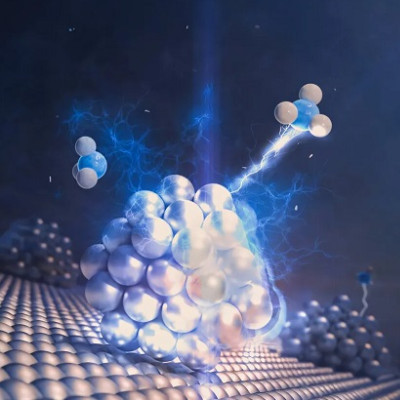Palladium, a rare metal that physically resembles platinum, is a top-billing catalyst famous in the energy sector for hydrogen storage and catalytic converters.
Researchers at the Beckman Institute for Advanced Science and Technology discovered a new type of nanoparticle containing palladium and hydrogen. Their work appears in the Journal of the American Chemical Society.
"The creation of new phases of material can have broad implications, both practically and for fundamental science," said lead investigator Xiao Su, a Beckman researcher and professor of chemical and biomolecular engineering at the University of Illinois Urbana-Champaign.
"Fundamentally, we start understanding how electrochemistry can affect the way these unusual nanoparticles are formed. In the long term, these particles may have unique properties due to their structure and composition, leading to new reactions or unique materials properties," he said.
Palladium hydride nanoparticles are typically structured symmetrically, resembling a cube with palladium atoms posted at each corner and centered on all six cubic faces. Unusually, the new nanoparticle’s triclinic structure is presumably the least symmetrical of all crystal systems.
To create this unusual nanoparticle, the Beckman researchers added electrons to a solution containing palladium ions and water. The electrons' negative charge pulls positive hydrogen atoms from the water, allowing them to break free and bond with the palladium. This approach differs from existing research, which suggests using a microscopic electron beam to split water molecules in a process called radiolysis.
The researchers say the new method may have practical applications for creating materials.
“While conventional palladium hydride gradually loses its hydrogen once exposed to air, these unusual nanoparticles retain hydrogen atoms in a hydrogen-deficient environment. This unique feature lets us envision the possibility of synthesis and use of other unusual metal-nonmetal compound materials in various applications,” said lead author Jaeyoung Hong, an Illinois graduate student in Su’s lab.
Read the original article on University of Illinois Urbana-Champaign.

